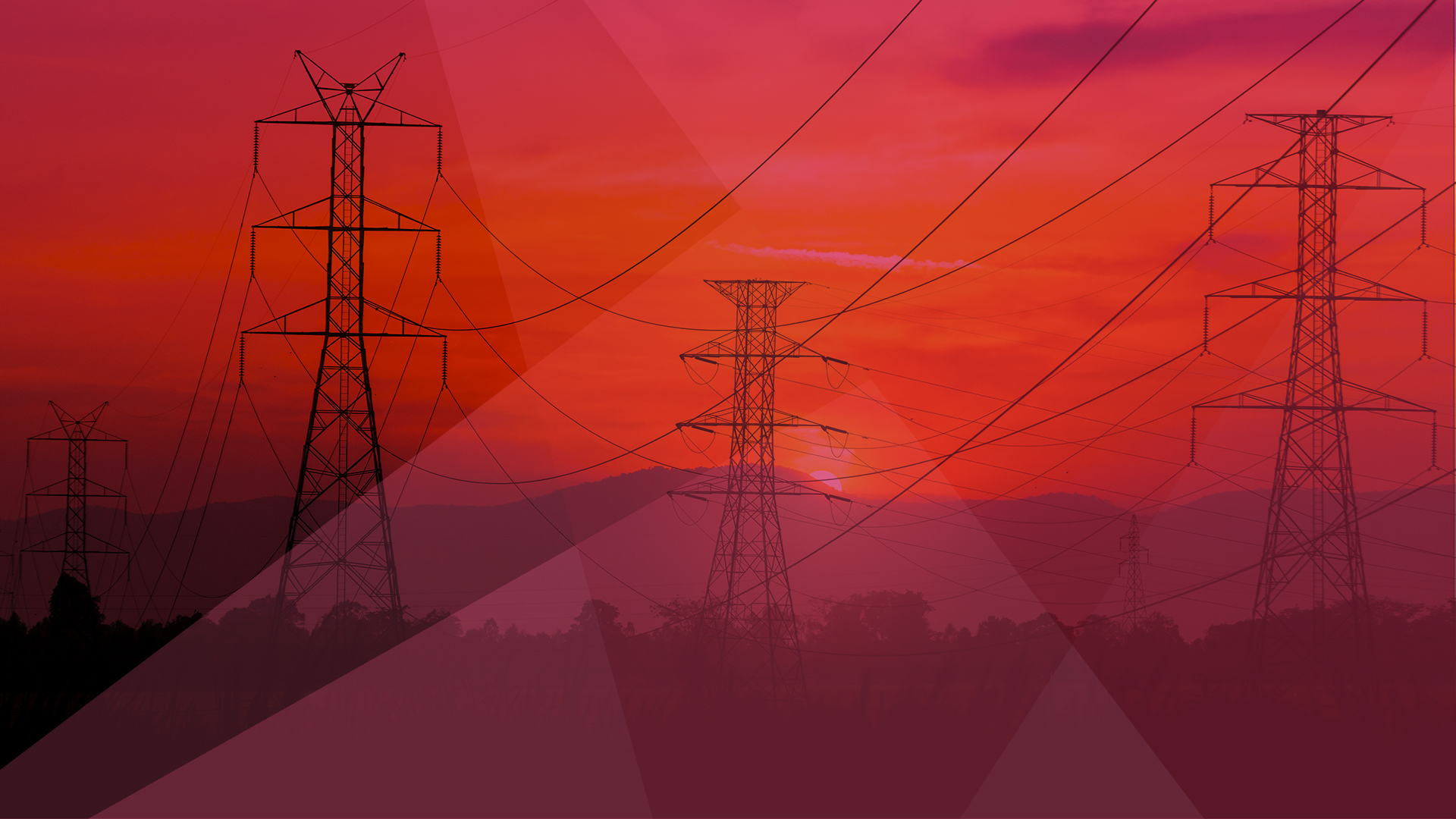The energy transition concerns every person on earth and its Australian trajectory is front and centre.
In a busy week, the Energy Security Board’s ‘Post 2025 Market Design Options Paper’ was released, the Victorian emissions reductions targets (together with a number of other specific energy policy commitments) and major new gas and hydrogen projects have all been announced, as the Commonwealth Government prepares for the budget on 11 May, with State budgets to follow.
This level of activity (a week after the US-initiated Climate Summit) indicates how central the energy transition has become to our economic and political future.
A brief summary of some of the key developments is as follows.
- Gas: A pre-budget announcement of a $1 billion deal between the Commonwealth and South Australia that involves an extra 50 petajoules of gas a year by 2023 into South Australia’s energy supply as well additional money for the NSW/SA interconnector and further announcements of $275.5 million towards the development of four hydrogen hubs and $263.7 million towards carbon capture and storage projects. These commitments are in addition to the Commonwealth’s Governments pledges in relation to Snowy 2.0, the proposed Kurri Kurri gas fired peaker plant to be developed by Snowy Hydro and the Tallawarra B 300MW hydrogen enabled gas fired plant.
- Hydrogen: The announcement by ARENA of grants totalling $103 million for hydrogen projects. The confirmation by Energy Australia of its intention to proceed with the 300MW Tallawarra B hydrogen capable gas fired station, the first ‘dispatachable’ energy generation project to be built in NSW in over a decade.
- Market design: The release of the Energy Security Board’s ‘Post 2025 Market Design Options Paper’. The report canvasses reform options across four broad market challenges including transmission and access, the integration of distributed energy, system security and a strengthening of the retailer reliability obligation to incentivise the right kind of generation mix. This signals desire for more coherency across the interconnected NEM by unlocking transmission to liberate constrained renewables plants and with mechanisms to i) more efficiently manage the closing of the existing thermal generation plants and ii) allow energy consumers to be more self-sufficient and better participate in the market.
- States continue to forge ahead: The announcement by the Victorian Government of interim reduction emissions targets (as required under its Climate Change Act) of 28-33% by 2025 and 45-50% by 2030 together with a commitment that Government operations will be powered with 100 per cent renewable electricity by 2025 and additional incentives for the electrification of transport.
- Private activity: Evidence of continued strong activity in the M&A market, both for;
- power and renewable assets (for example Amp Energy acquisition of up to 1,300MW of solar capacity with up to 540MW of big battery capacity and sale by Tilt Renewables of a portfolio of operational and development assets); and
- revisitation of positions in traditional, oil and gas markets (for example Shell sale of minority interest in QCLNG and the proposed demerger of AGL).
From the noise of the daily announcements, some primary themes arise, which will inform the immediate budget priorities, the policy design in the medium term and ultimately the shape of the energy transition in Australia.
- The current emphasis by the Commonwealth Government of achieving goals of reliability and the lower energy costs over the setting of emissions reduction targets.
- The continued divergence between State Governments and Commonwealth Government as to the importance of aggressive emissions reduction targets and the best path for the exit of thermal generation from the sector.
- The apparent willingness of all levels of Government to make investments and intervene in the market in support of policy goals. As well as direct investments, such as those mentioned above, there are also what the Energy Security Board calls ‘underwriting or investment schemes for new investment’ such as the those proposed as part of the NSW Electricity Road Map and the Victorian commitment to having 100% powering of Government operations.
- Hydrogen is clearly a major part in the energy transition and projects are beginning to move along the development cycle. The Commonwealth Government’s focus on technology as the key to emissions reduction and the inclusion of hydrogen as one if its priority technologies is driving material Government co-investment.
- The recognition by all levels of Governments of the need for significant investment in transmission infrastructure to enable the grid to accommodate the huge amount of large scale renewables expected in the medium term and the role of Government in assisting in the co-ordination of the procurement of this infrastructure as a funder but also as a regulator in designing fit for purpose rules that balance the need for prompt action and further investment with ensuring value for money.
- The clear private sector willingness to make large investments into the sector, both in developing new mega projects and through acquisitions of portfolios of assets. Nonetheless, that willingness remains tempered by the uncertainty that mixed priorities and pending law changes present.
Looking forward to the Federal budget week, it would seem that most of the significant energy transition announcements have been made. One potential exception to this is the likely allocation of funds for the Snowy Hydro Kurri Kurri gas fire plant.
We expect the scale and pace of the energy transition is more likely to quicken than lessen. The pressure on Governments to continue to participate to manage a rapidly re-aligning market will only increase. The question is: ‘how coherent will spending and law changes be across our complex Federation?’













